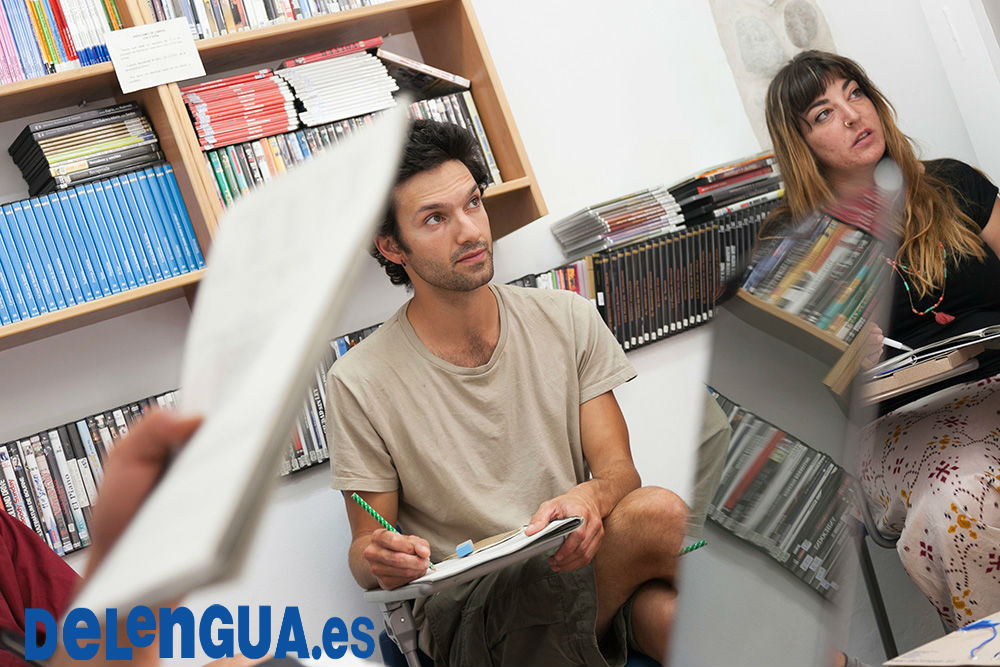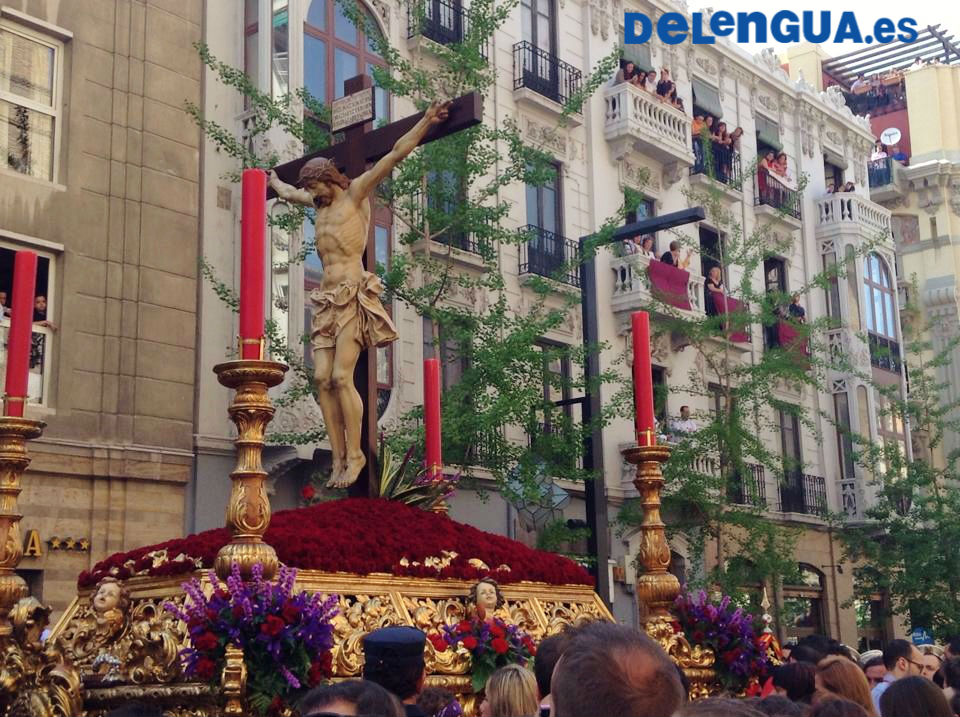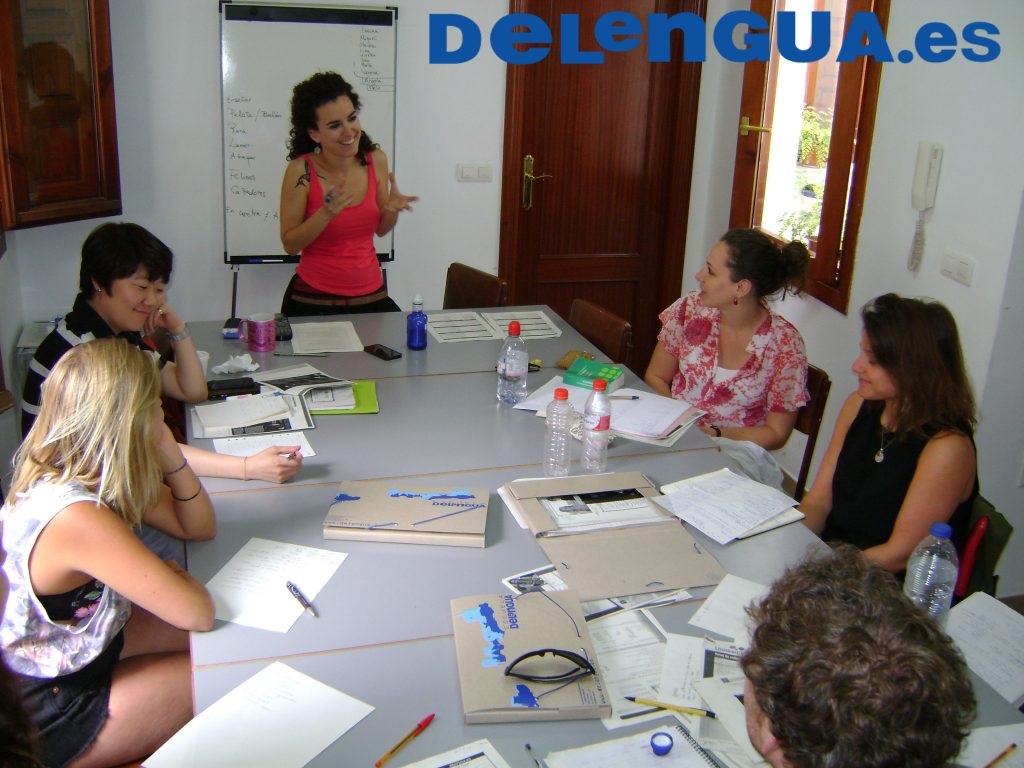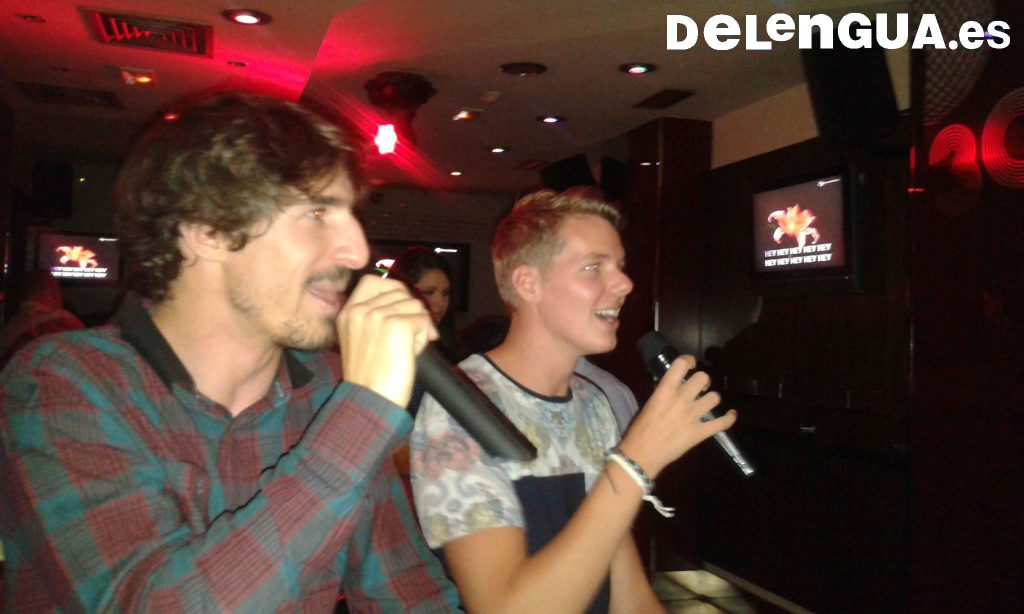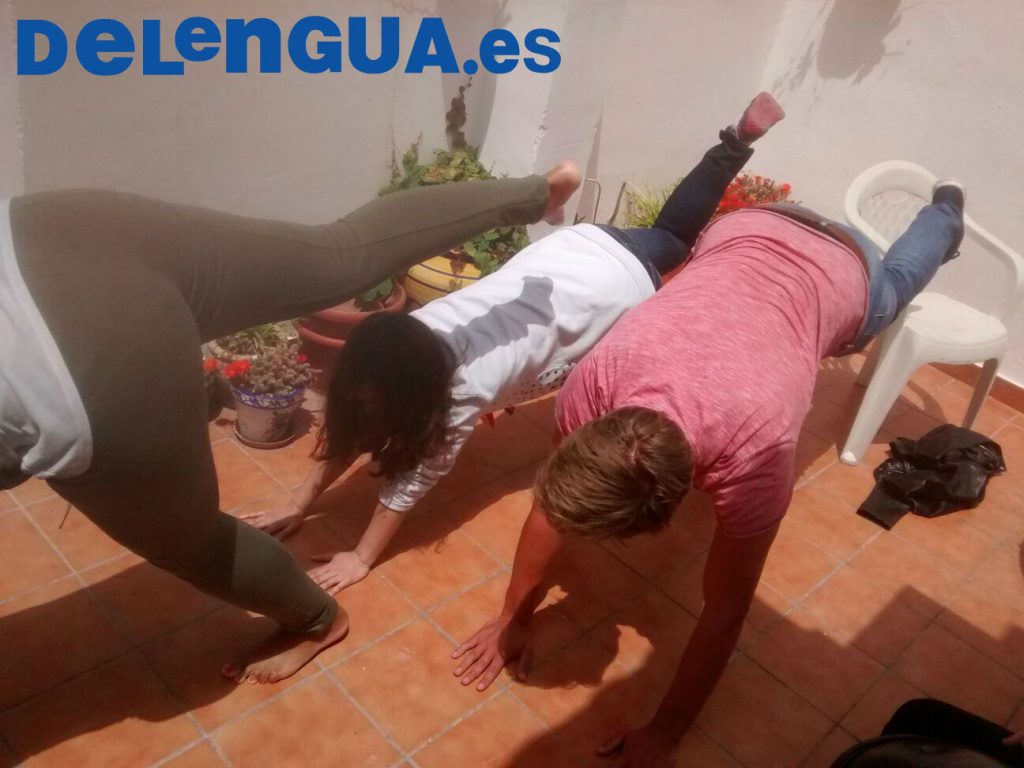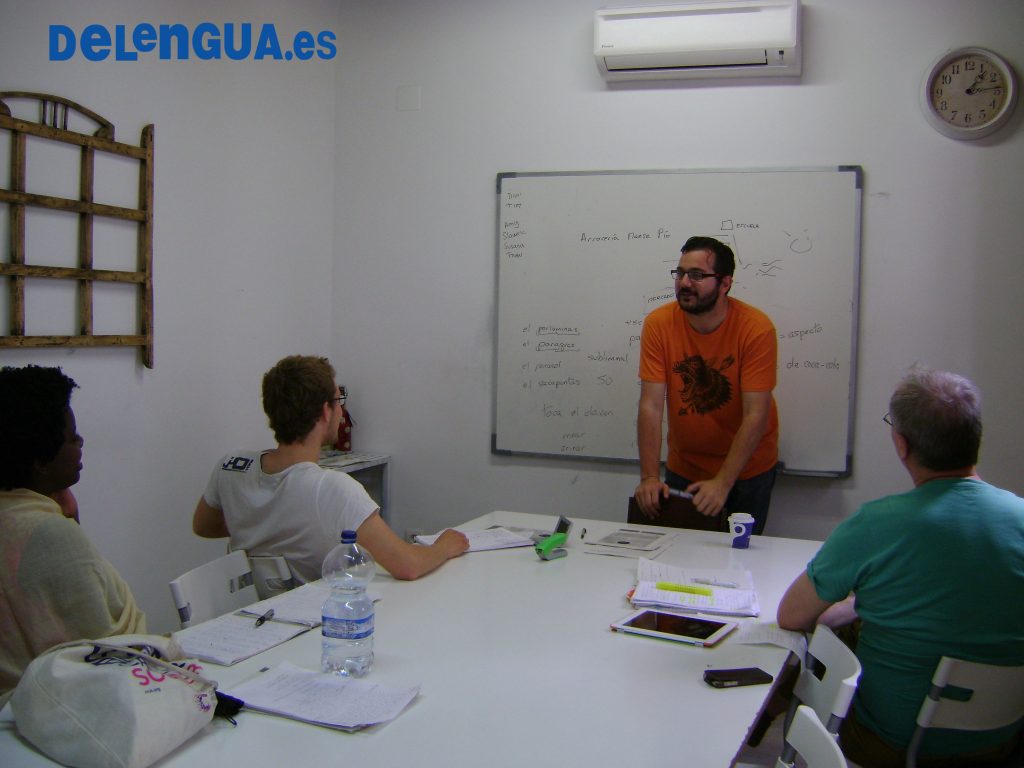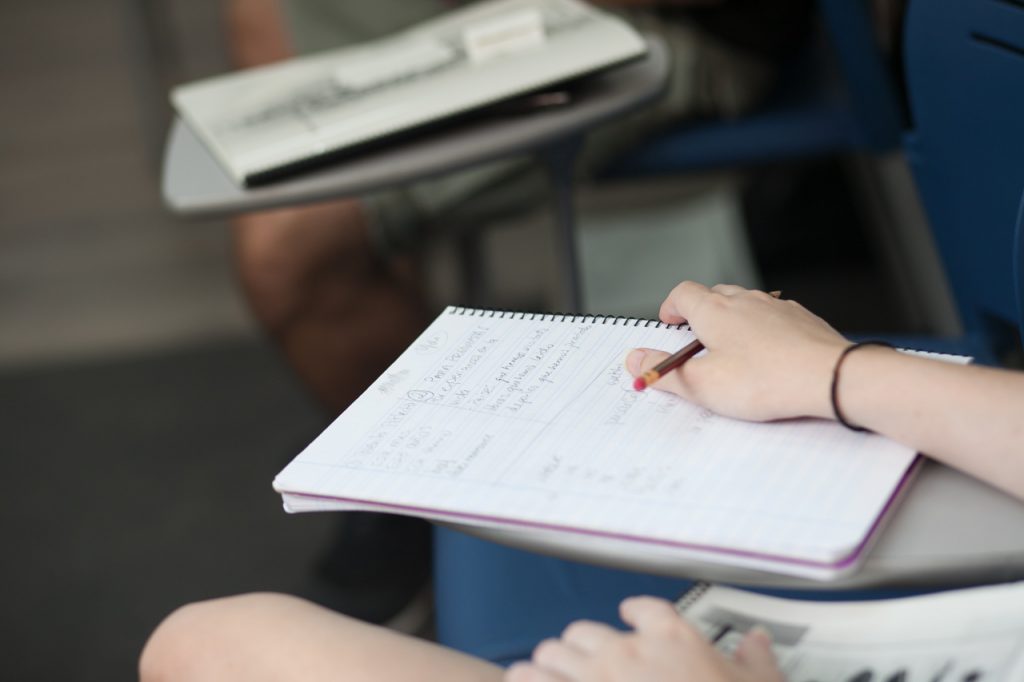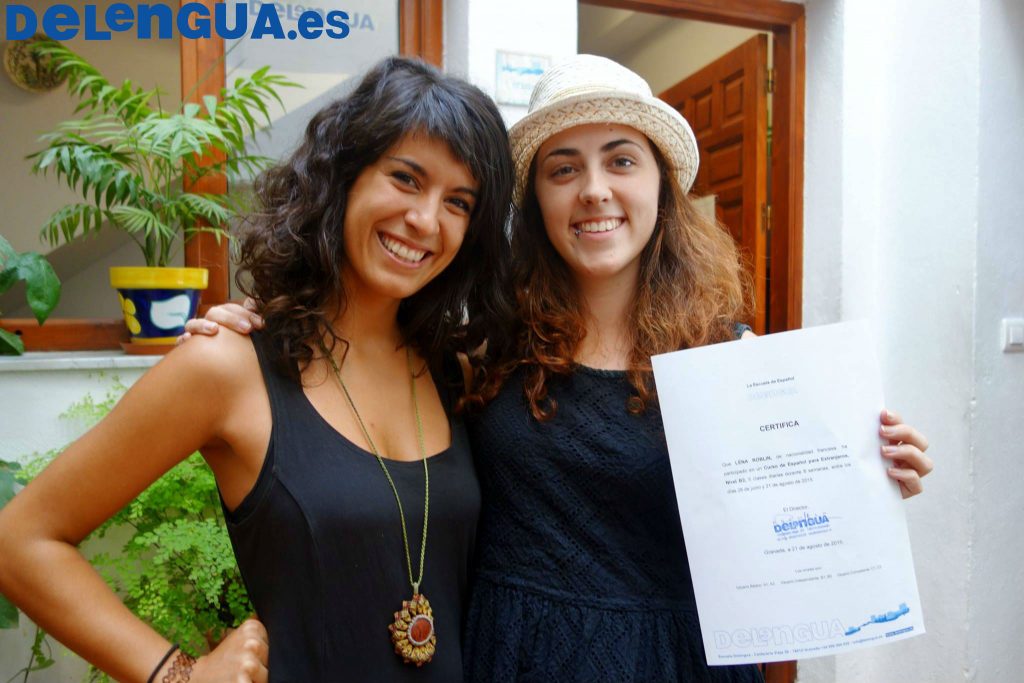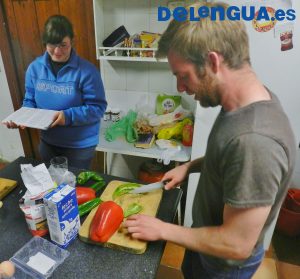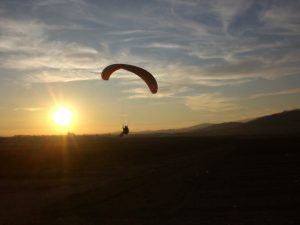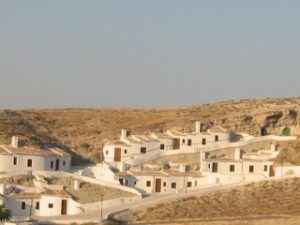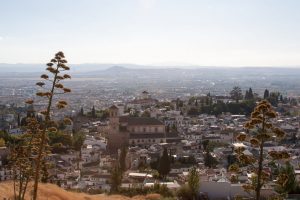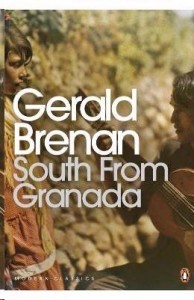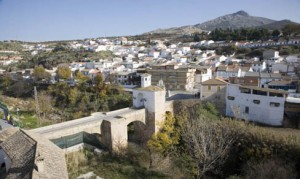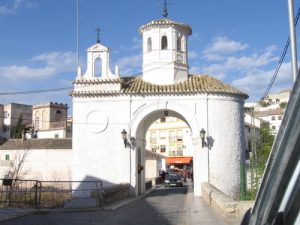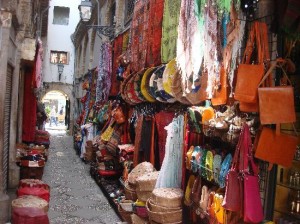| La tauromaquia se refiere a todo lo relativo a la práctica de lidiar toros, tanto a pie como a caballo, y se remonta a la Edad de Bronce. Su expresión más moderna y elaborada es la corrida de toros, un espectáculo que nació en España en el siglo XVII y que se practica en varios países de todo el mundo. Las corridas de toros han despertado vivas polémicas desde sus mismos comienzos entre partidarios y detractores.La tauromaquia es la evolución de los trabajos ganaderos de conducción, encierro y sacrificio en los macelos o mataderos urbanos que comenzaron a construirse en España durante el siglo XVI. Estos profesionales de la conducción del ganado vacuno, entonces toro bravo, y los matarifes aportaron creatividad y virtuosismo a las tareas más arriesgadas, que inmediatamente fueron de interés para los más diversos espectadores. A partir del siglo XVII comienzan a surgir nombres entre los toreros de a pie, por su estilo y valor. Las nuevas figuras del toreo presentan gran diversidad en su estilo y proyección. La tauromaquia es una parte considerable de la cultura en los países donde se practica; en algunos de ellos, como España, Francia, México, Colombia, Ecuador y Venezuela, es considerada parte integral de la cultura nacional.
Las plazas de toros, se trata de un recinto cerrado de forma circular, con tendidos y servicios que rodean un espacio central, llamado ruedo o arena, en donde se realiza el espectáculo taurino.
Algunas manifestaciones de la tauromaquia, y particularmente las corridas de toros en las que el animal muere, son objeto de controversia y debate desde bastante tiempo. Desde el punto de vista de los derechos de los animales, diferentes organizaciones consideran que las corridas y otras manifestaciones son una práctica de crueldad hacia el toro. De otro lado las organizaciones a favor de la tauromaquia dicen que es cultural, artística o deportiva.
Es posible ver la tauromaquia por toda comunidad autónoma de Andalucía y hay una plaza de toros en Granada. Escuela Delengua está ubicada en Granada no tan lejos de la impresionante plaza de toros, la escuela ofrece cursos de español y organiza actividades diarias por Granada y excursiones los fines de semana. |
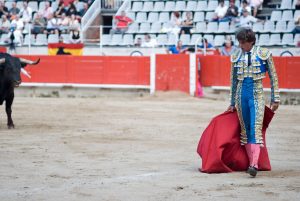 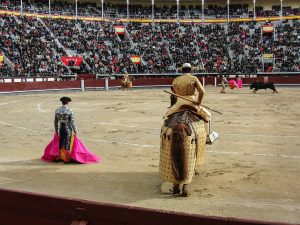 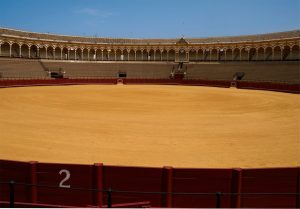 |
The art of bullfighting refers to all that is relative to the art of fighting bulls, as much as on foot as on horse and it dates back to the bronze age. The more modern and elaborated expression of the art is a form of bullfighting which is a spectacle that was started in Spain in the 17th century and that is practised in various countries around the world. Bullfighting has evoked live debates between supporters and critics since it started. Bullfighting is the evolution from the farmers driving, herding and slaughtering work to the urban bullfighters that started to appear in Spain during the 16th century. These professionals of cattle farm driving, now known as fierce bull fighters and slughtermen bring creativity and virtuosity to the most risky of tasks that were of immediate interest for the most diverse spectators. Since the 17th century the names of bull fighters became known and they were famous for their style and courage. New bullfighting figures show a huge amount of diversity in their style and projection. Bullfighting is a considerable part of the culture in the countries where it is practiced; in some of them, like Spain, France, Mexico, Colombia, Ecuador and Venezuela, it is considered an integral part of the national culture.
The bullfighting rings are a like showground in a circular shape, with terraces and services that surround the central space, called the bullring or arena, where the spectacle takes place.
Some protests against bullfighting in which the animal dies have been object to contoversy and debate for a long time. From the animal rights activists point of view, certain organisations consider that bullfighting is cruel towards the bull. On the other hand the organisations who are pro-bullfighting say that it is cultural, artistic and a sport.
It is possible to see bullfights throughout Andalusia and there is a bullring in Granada. Escuela Delengua is situated in Granada, not very far from the impressive bullring, the school offers Spanish courses and it organises activities in Granada during the afternoons and at the weekends. |




